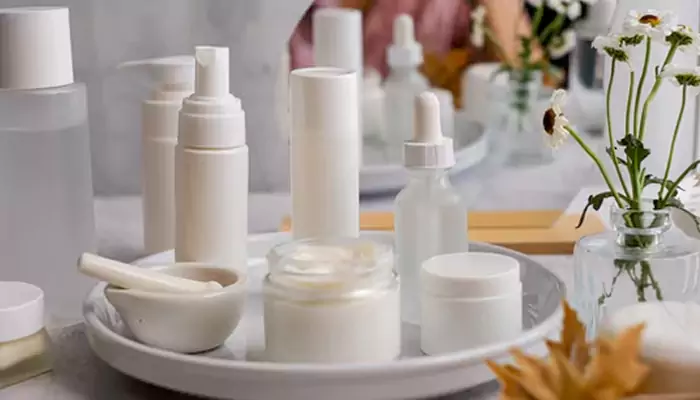Microplastics in Beauty Products: Assessing the Environmental Impact
- Elisa Ghosh
- 1 year ago
- 3 minutes read

In the quest for beauty and flawless skin, the hidden dangers lurking in our cosmetics are often overlooked. Microplastics, tiny plastic particles less than five millimetres in diameter, have become ubiquitous in beauty products. From exfoliating scrubs to toothpaste, these minuscule pollutants are silently wreaking havoc on our environment. As awareness grows, it's time to assess the true impact of microplastics in beauty products and explore how they are affecting our planet.
The Silent Invasion
Microplastics have become a staple ingredient in many beauty products due to their ability to enhance texture, provide exfoliation, and extend shelf life. These particles, often listed as polyethylene, polypropylene, or polymethyl methacrylate in ingredient lists, are small enough to pass through water filtration systems and enter our waterways. Once in the environment, they pose a significant threat to marine life and ecosystems.
The Environmental Toll
The journey of microplastics from our bathrooms to the ocean is alarmingly short and devastatingly impactful. When beauty products containing microplastics are washed down the drain, they flow into sewage systems and eventually reach rivers and oceans. Here, they are ingested by marine organisms, mistaking them for food. This ingestion not only harms marine life but also introduces microplastics into the food chain, affecting larger predators and, ultimately, humans. Research has shown that microplastics can cause physical harm to marine animals, including internal abrasions and blockages, which can be fatal. Furthermore, these particles can absorb and concentrate toxic chemicals from the surrounding water, making them even more hazardous when ingested by marine life. The long-term effects on biodiversity and marine health are still being studied, but the early findings are concerning.
Human Health Concerns
While the primary focus has been on environmental damage, the potential impact on human health cannot be ignored. As microplastics make their way up the food chain, they end up on our plates. Consuming seafood contaminated with microplastics may expose us to harmful chemicals and pollutants that these particles carry. Although the full extent of the health risks is not yet known, the idea of ingesting plastic particles is far from appetising.
Industry Response and Consumer Awareness
The beauty industry is beginning to acknowledge the problem. Some companies have pledged to remove microplastics from their products, opting for natural alternatives like ground almonds, apricot kernels, and pumice. However, change is slow, and many products still contain these harmful ingredients. Consumers play a crucial role in driving change. By becoming more aware of the ingredients in beauty products and choosing brands that prioritise sustainability, we can reduce the demand for microplastic-laden cosmetics. Apps and websites that allow users to check product ingredients for microplastics are becoming increasingly popular, empowering consumers to make informed decisions.
The Path Forward
Addressing the microplastics issue requires a multi-faceted approach. Stricter regulations are needed to phase out the use of microplastics in beauty products. Increased funding for research on the environmental and health impacts of microplastics will also be crucial. Additionally, public awareness campaigns can help educate consumers about the hidden dangers in their beauty routines and the importance of choosing eco-friendly alternatives.
The allure of beauty should not come at the cost of our planet’s health. As the silent invasion of microplastics continues, it is imperative to reassess our choices and push for a more sustainable approach in the beauty industry. Opting for products that are free of microplastics and supporting brands committed to environmental stewardship, we can help mitigate the impact of these tiny but deadly pollutants. The future of our oceans, marine life, and even our health depends on the actions we take today.












